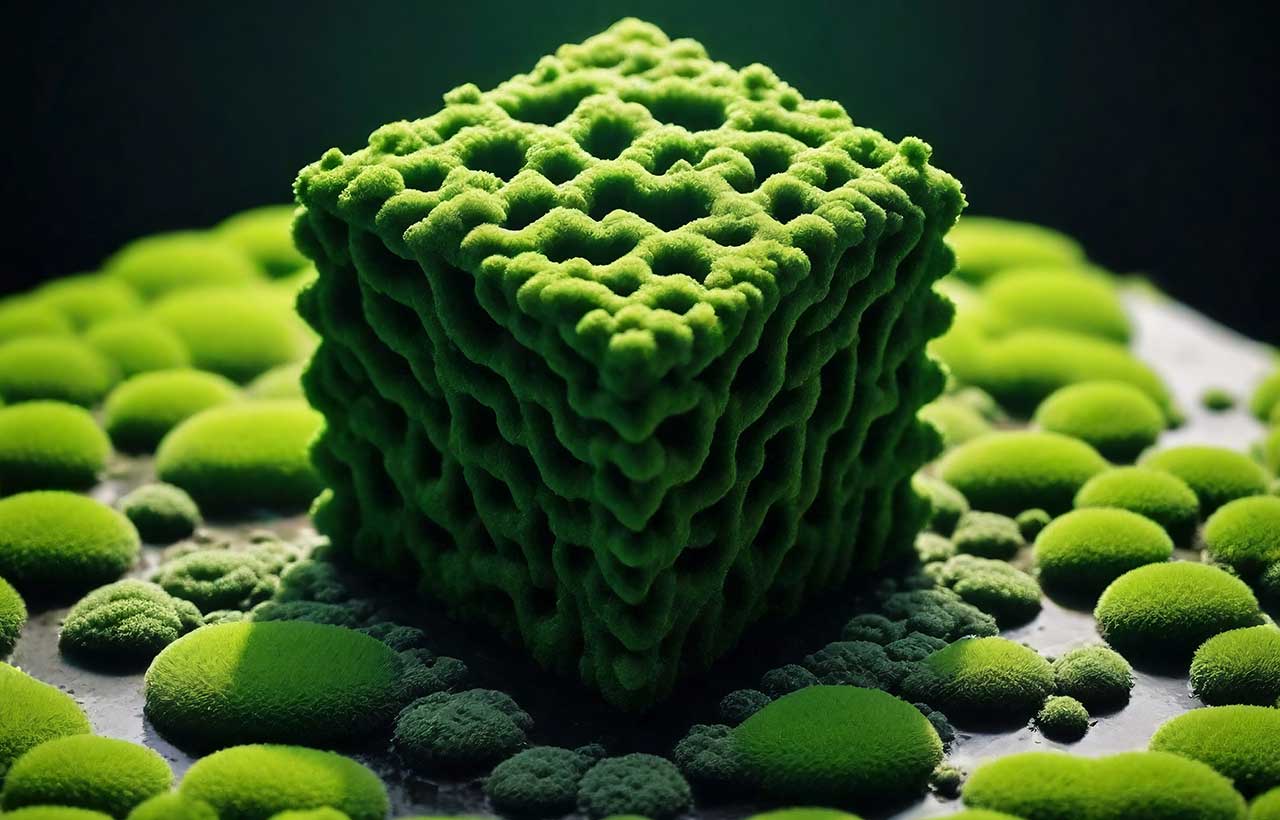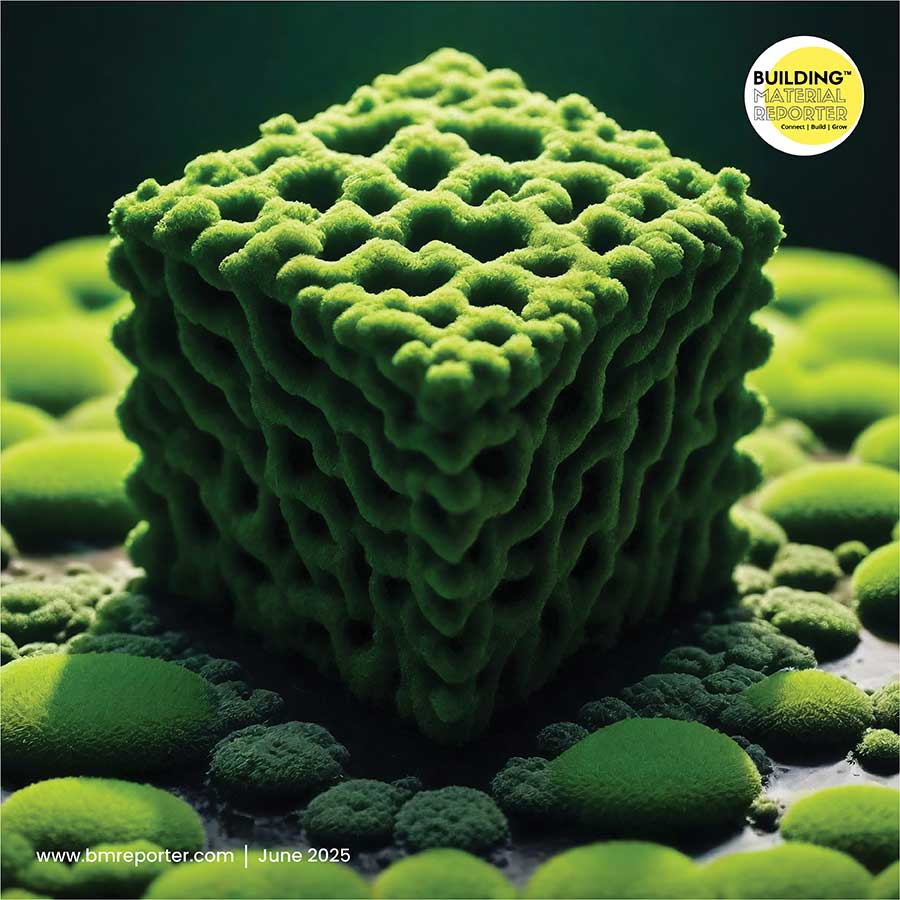Make Way for Bio-Architecture: Building Material That Stores Carbon
- June 28, 2025
- By: Sanyukta Baijal
- NEWS

Ever thought of a building which can breathe? A structure which can help clean the air? Yes, it’s true. In a 2023 study published in Nature Communications have started raising eyebrows for all the right reasons. Conducted by the Swiss Federal Institute of Technology (ETH Zurich), the research went on for 400 days. It reveals that a special building material has been created that works like a breathing surface. It can absorb carbon dioxide just like a tree and turn it into a solid form which won’t harm the environment. This process will help clean the pollution from the air and reduce the carbon footprint as well.
If implemented by governments of the countries, this project can turn out to be revolutionary. This way we can have buildings which won’t just serve the purpose of a house or an office but will also help in clearing the air.
This technology works with cyanobacteria which is the oldest form of living being which is responsible for the process of photosynthesis. It converts Co2 into sunlight. This bacteria is blended with 3D-printed hydrogel to create a living, carbon-absorbing surface. Over the time, this material will become stronger which means, it could further be used in construction.
If everything goes well, then the skyscrapers and buildings can easily have an exterior coating of this material which will be able to remove almost 26 mg of carbon dioxide per gram. This is an impressive rate of carbon absorption, higher than many other types of bio-based sequestration methods.
As the material turns greener, it signals the increasing biomass of cyanobacteria, as they actively absorb Co2 from the air. The scientists have discovered that even though the process of photosynthesis goes on, the carbon capture through biomass stabilises after 30 days.
What makes this material especially promising is that it offers a low-energy alternative unlike conventional carbon capture methods that depend on energy-heavy chemical treatments. What’s more, the material can repair itself, continuing to function efficiently over time without relying on external energy sources.
This process has the potential to spark a green revolution of its own by supporting current chemical technologies and delivering a scalable path to tackling global carbon emissions.
Also read: Global Influence on Indian Homes Blending Borders Preserving Roots
Also read: Nature-Inspired Pan Pacific Orchard Wins Best Tall Building Worldwide
Also read: Experience Timeless Luxury with Nivasa’s Yuki Collection








